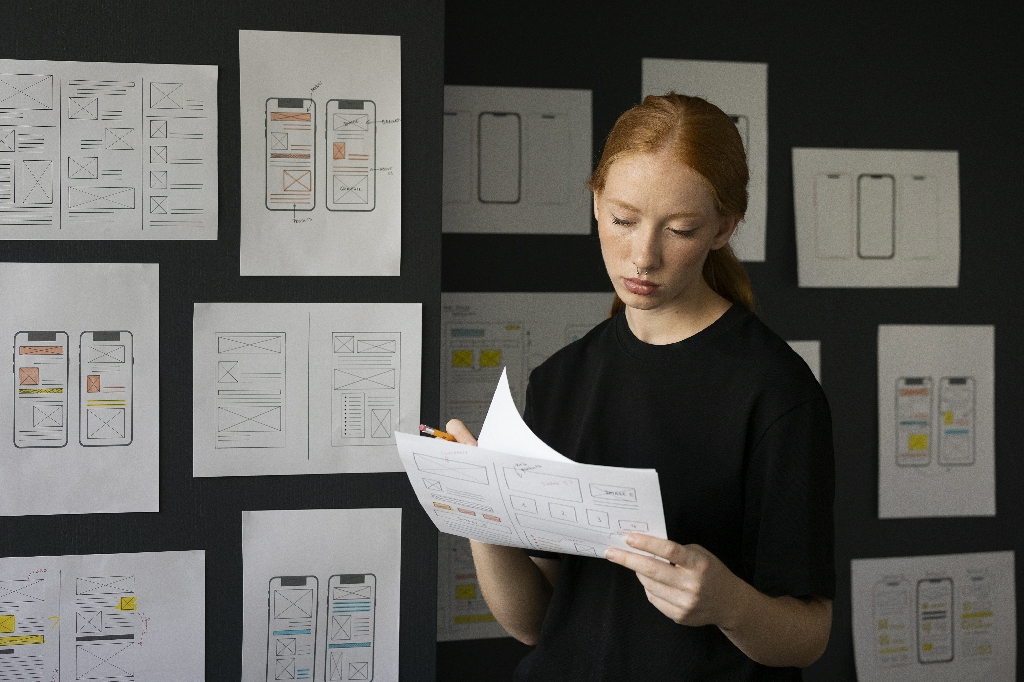Redefining Design Thinking: A Pathway to Innovation
The concept of Design Thinking emerged in 1980, championed by Rolf Faste and a Stanford Professor, as a method to foster creative problem-solving. Unlike conventional notions of design solely revolving around aesthetics or craftsmanship, Design Thinking stands as a formal approach aimed at resolving problems with the explicit goal of enhancing future outcomes.
Why Embrace Design Thinking?
Commonly, design is misconstrued merely as a technical execution prioritizing the desires of the creator rather than the end-user. Design Thinking, however, transcends this limited view, offering a framework accessible to all, fostering a mindset prioritizing user needs over the designer's.
Key Considerations in Design Thinking
- Customer Requirements: Understanding the demands and preferences of the end-user.
- System Goals: Aligning design efforts with overarching objectives.
- Balancing Needs and Profit: Ensuring solutions meet user needs while being financially viable.
The Design Thinking Process:
Design Thinking unfolds through distinct stages, forming a fluid continuum of problem-solving:
1. Empathize:

Delving into the user experience, including emotional aspects, to grasp their perspective fully. This entails setting aside preconceptions and gaining a deep understanding of user needs.
2. Define:
Synthesizing observations from the empathy stage to articulate core problems. Problem statements are framed in terms of human needs, accentuating emotional resonance.
3. Ideate:
Generating diverse ideas in response to the defined problems. Ideas are explored, refined, and tested to uncover optimal solutions.
4. Prototype:
Creating tangible representations of proposed solutions for internal testing and evaluation. This experimental phase aims to identify the most effective solutions.
5. Test:

Sharing prototypes with the internal team and gathering feedback from users. Insights garnered aid in refining the product and assessing its viability.
Conclusion: Advancing Innovation through Design Thinking
Design Thinking is a flexible framework adaptable to various problem-solving scenarios. It emphasizes user-centric solutions and fosters a holistic understanding of user needs, emotions, and behaviors. By embracing Design Thinking, organizations can unlock new avenues for innovation and product development, driving meaningful change in the process.
